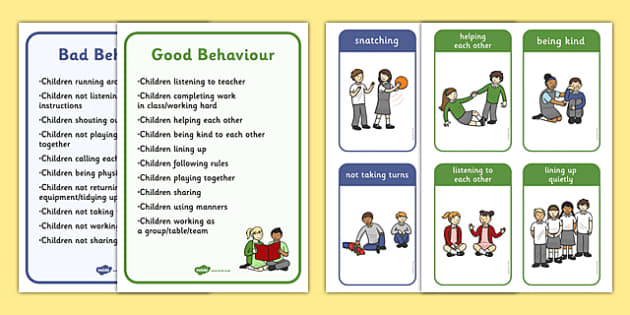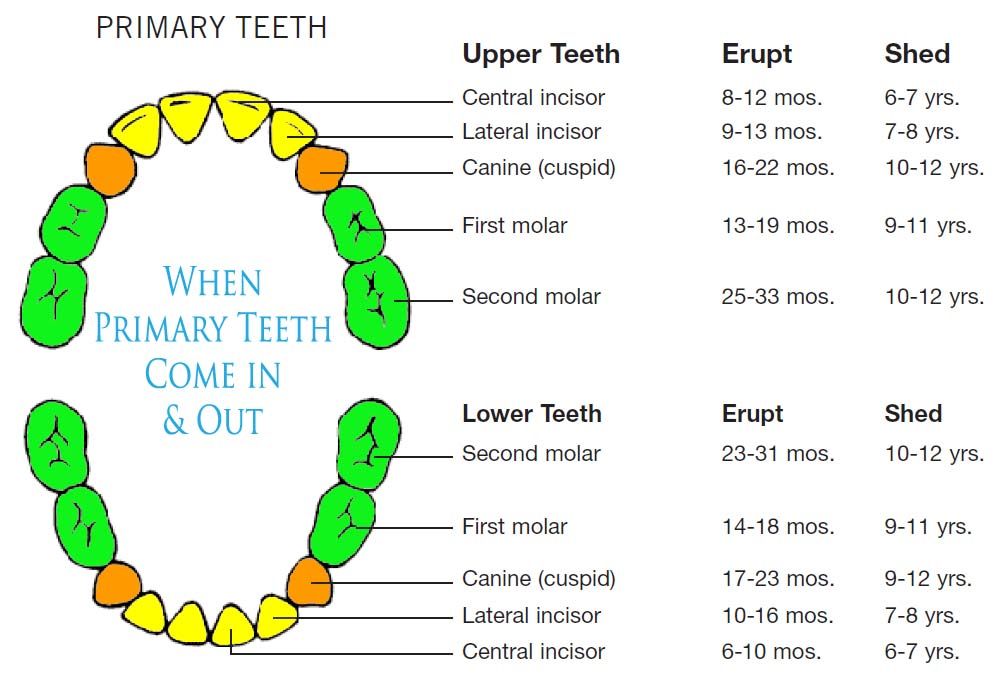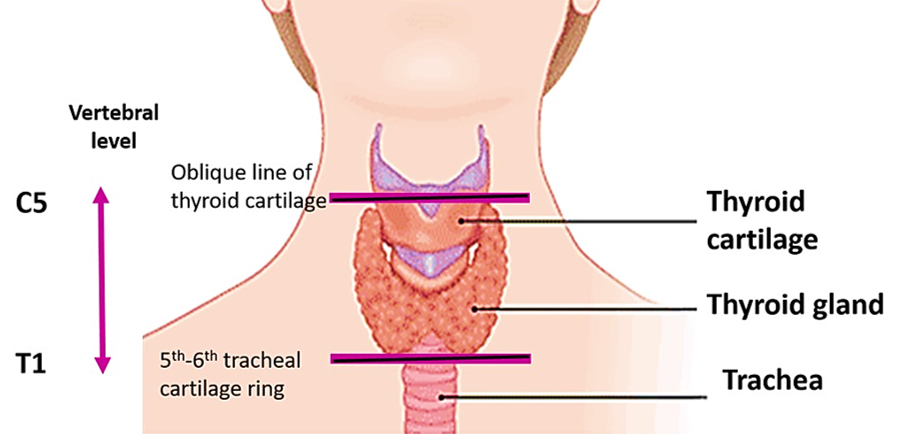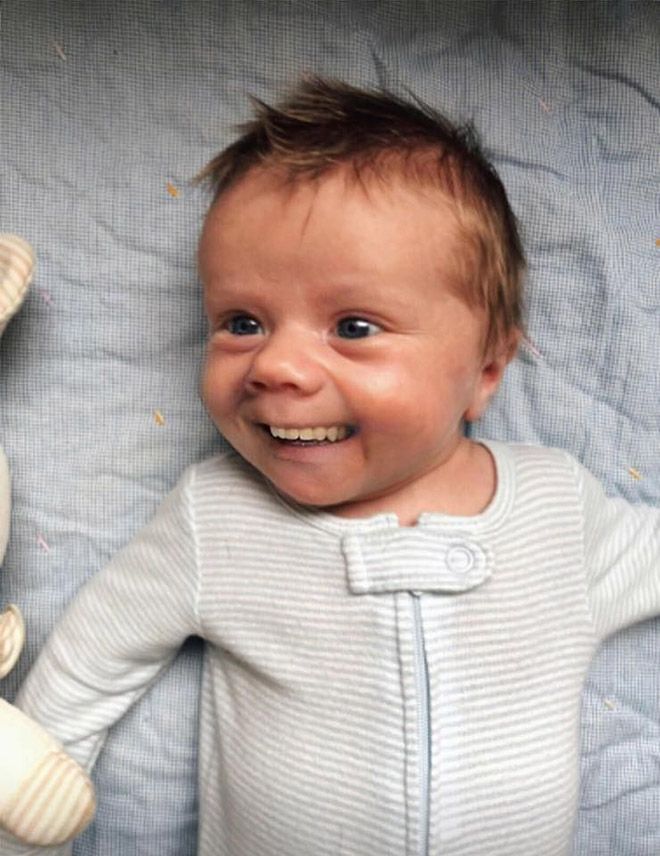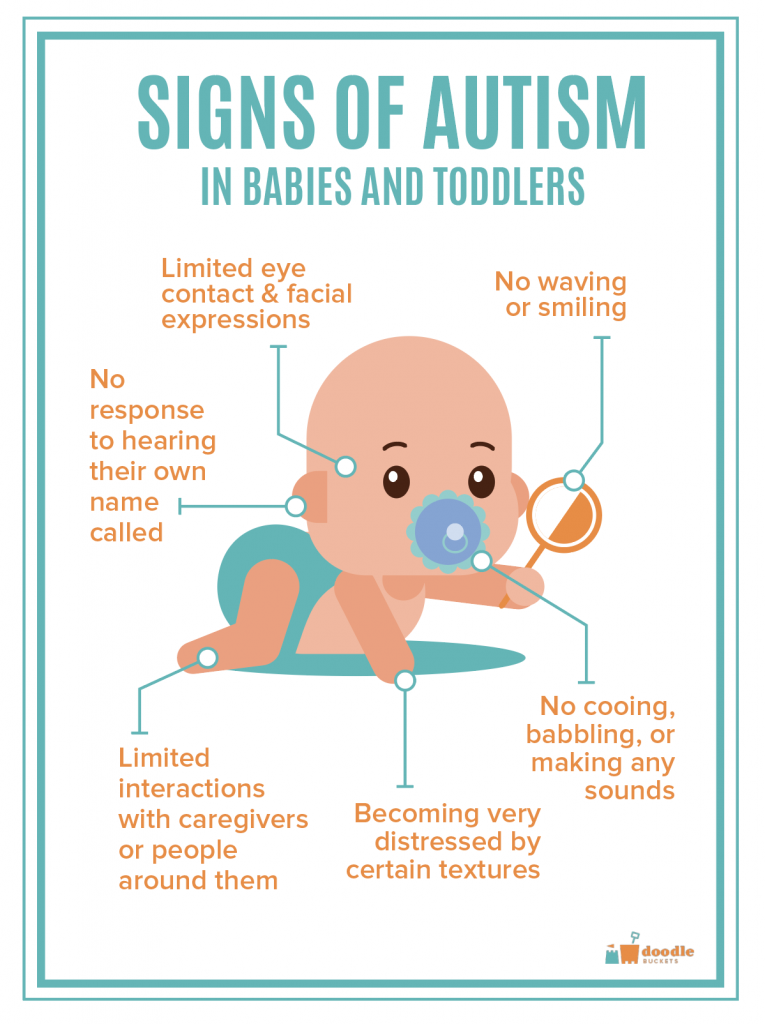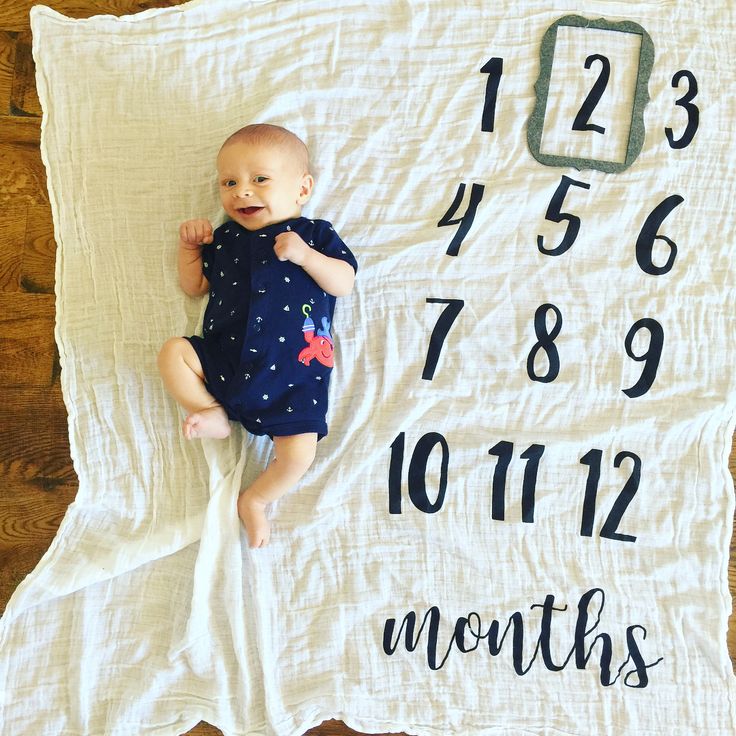How to change bad behavior in a child
What’s the Best Way to Discipline My Child?
Log in | Register
Family Life
Family Life
As a parent, one of your jobs to teach your child to behave. It's a job that takes time and patience. But, it helps to learn the effective and healthy discipline strategies.
Here are some tips from the American Academy of Pediatrics (AAP) on the best ways to help your child learn acceptable behavior as they grow.
10 healthy discipline strategies that work
The AAP recommends positive discipline strategies that effectively teach children to manage their behavior and keep them from harm while promoting healthy development. These include:
Show and tell. Teach children right from wrong with calm words and actions. Model behaviors you would like to see in your children.
Set limits. Have clear and consistent rules your children can follow. Be sure to explain these rules in age-appropriate terms they can understand.
Give consequences. Calmly and firmly explain the consequences if they don't behave. For example, tell her that if she does not pick up her toys, you will put them away for the rest of the day. Be prepared to follow through right away. Don't give in by giving them back after a few minutes. But remember, never take away something your child truly needs, such as a meal.
Hear them out. Listening is important. Let your child finish the story before helping solve the problem. Watch for times when misbehavior has a pattern, like if your child is feeling jealous. Talk with your child about this rather than just giving consequences.
Give them your attention. The most powerful tool for effective discipline is attention—to reinforce good behaviors and discourage others.
 Remember, all children want their parent's attention.
Remember, all children want their parent's attention.Catch them being good. Children need to know when they do something bad--and when they do something good. Notice good behavior and point it out, praising success and good tries. Be specific (for example, "Wow, you did a good job putting that toy away!").
Know when not to respond. As long as your child isn't doing something dangerous and gets plenty of attention for good behavior, ignoring bad behavior can be an effective way of stopping it. Ignoring bad behavior can also teach children natural consequences of their actions. For example, if your child keeps dropping her cookies on purpose, she will soon have no more cookies left to eat. If she throws and breaks her toy, she will not be able to play with it. It will not be long before she learns not to drop her cookies and to play carefully with her toys.
Be prepared for trouble.
 Plan ahead for situations when your child might have trouble behaving. Prepare them for upcoming activities and how you want them to behave.
Plan ahead for situations when your child might have trouble behaving. Prepare them for upcoming activities and how you want them to behave.Redirect bad behavior. Sometimes children misbehave because they are bored or don't know any better. Find something else for your child to do.
Call a time-out. A time-out can be especially useful when a specific rule is broken. This discipline tool works best by warning children they will get a time out if they don't stop, reminding them what they did wrong in as few words―and with as little emotion―as possible, and removing them from the situation for a pre-set length of time (1 minute per year of age is a good rule of thumb). With children who are at least 3 years old, you can try letting their children lead their own time-out instead of setting a timer. You can just say, "Go to time out and come back when you feel ready and in control." This strategy, which can help the child learn and practice self-management skills, also works well for older children and teens.
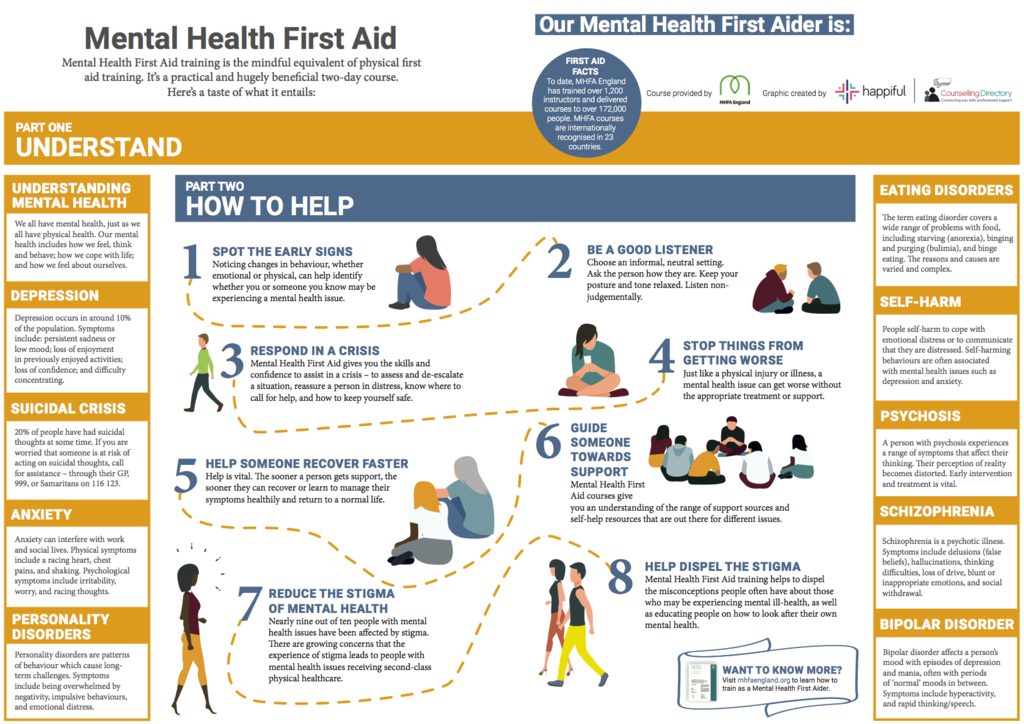
Spanking and harsh words are harmful and don't work. Here's why:
The AAP policy statement, "Effective Discipline to Raise Healthy Children," highlights why it's important to focus on teaching good behavior rather than punishing bad behavior. Research shows that spanking, slapping and other forms of physical punishment don't work well to correct a child's behavior. The same holds true for yelling at or shaming a child. Beyond being ineffective, harsh physical and verbal punishments can also damage a child's long-term physical and mental health.
- Spanking's unhealthy cycle. The AAP advises that parents and caregivers should not spank or hit children. Instead of teaching responsibility and self-control, spanking often increases aggression and anger in children. A
study of children born in 20 large U.S. cities found that families who used physical punishment got caught in a negative cycle: the more children were spanked, the more they later misbehaved, which prompted more spankings in response.
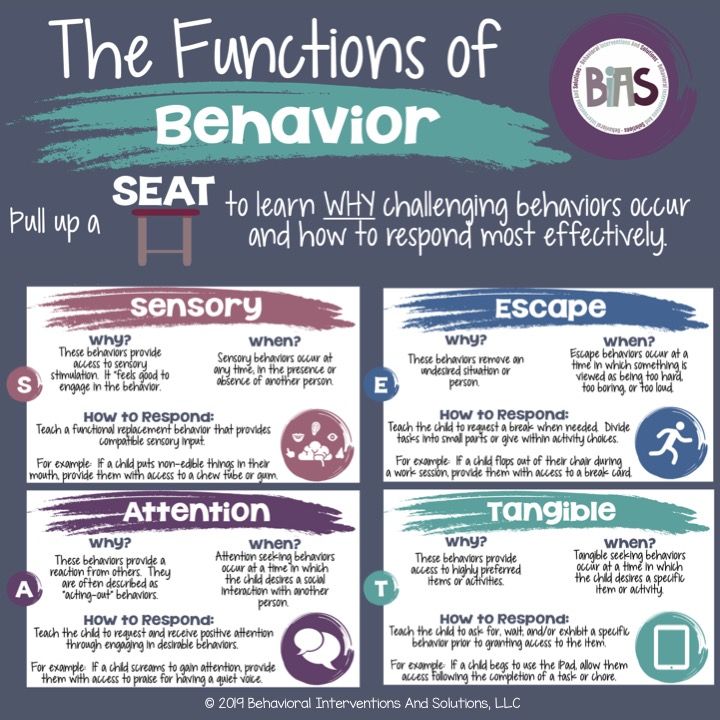 Spanking's effects may also be felt beyond the parent-child relationship. Because it teaches that causing someone pain is OK if you're frustrated—even with those you love. Children who are spanked may be more likely to hit others when they don't get what they want.
Spanking's effects may also be felt beyond the parent-child relationship. Because it teaches that causing someone pain is OK if you're frustrated—even with those you love. Children who are spanked may be more likely to hit others when they don't get what they want. - Lasting marks. Physical punishment increases the risk of injury, especially in children under 18 months of age, and may leave other measurable marks on the brain and body. Children who are spanked show higher levels of hormones tied to toxic stress. Physical punishment may also affect brain development. One study found that young adults who were spanked repeatedly had less gray matter, the part of the brain involved with self-control, and performed lower on IQ tests as young adults than the control group.
- Verbal abuse: How words hurt. Yelling at children and using words to cause emotional pain or shame also has been found to be ineffective and harmful. Harsh verbal discipline, even by parents who are otherwise warm and loving, can lead to more misbehavior and mental health problems in children.
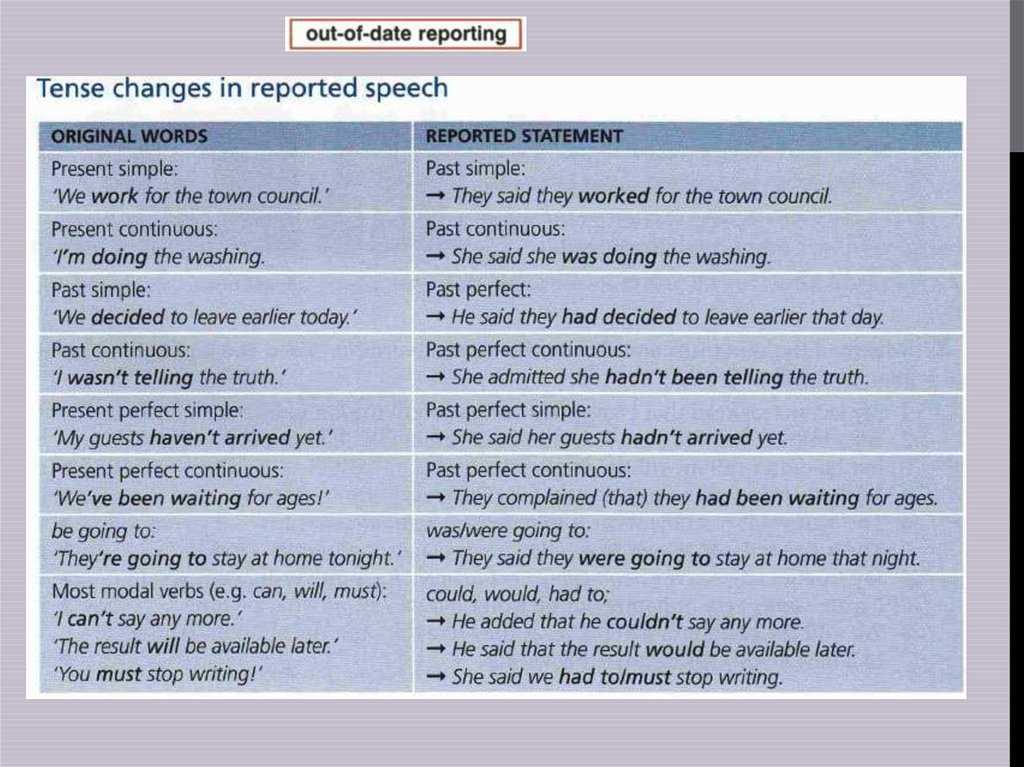 Research shows that harsh verbal discipline, which becomes more common as children get older, may lead to more behavior problems and symptoms of depression in teens.
Research shows that harsh verbal discipline, which becomes more common as children get older, may lead to more behavior problems and symptoms of depression in teens.
Learn from mistakes—including your own
Remember that, as a parent, you can give yourself a time out if you feel out of control. Just make sure your child is in a safe place, and then give yourself a few minutes to take a few deep breaths, relax or call a friend. When you are feeling better, go back to your child, hug each other, and start over.
If you do not handle a situation well the first time, try not to worry about it. Think about what you could have done differently and try to do it the next time. If you feel you have made a real mistake in the heat of the moment, wait to cool down, apologize to your child, and explain how you will handle the situation in the future. Be sure to keep your promise. This gives your child a good model of how to recover from mistakes.
Healthy & effective discipline tips by age/stage
Infants |
|
|---|---|
Toddlers |
|
Preschool Age |
|
Gradeschool-Age Children |
|
Adolescents & Teens |
|
More information
- 15 Tips to Survive the Terrible 3's
- How to Shape and Manage Your Young Child's Behavior
- Disciplining Older Children
- How to Give a Time-Out
- Effective Discipline to Raise Healthy Children (AAP Policy Statement)
- Last Updated
- 11/5/2018
- Source
- American Academy of Pediatrics (Copyright © 2018)
The information contained on this Web site should not be used as a substitute for the medical care and advice of your pediatrician. There may be variations in treatment that your pediatrician may recommend based on individual facts and circumstances.
There may be variations in treatment that your pediatrician may recommend based on individual facts and circumstances.
How To Change Your Childs Behavior - Child Tantrum
Related Topics
There are many things that can cause a child to have temper tantrums, emotional outbursts, and general “bad” or unexpected behavior. These can include biological reasons, like being hungry or overtired. It can include communication issues related to learning challenges. It also can include emotional reasons, like not being able to cope with or describe their feelings. Their environment can also influence behavior.
What is normal behavior for a child?
Normal behavior in children depends on the child’s age, personality, and physical and emotional development. A child’s behavior may be a problem if it doesn’t match the expectations of the family or if it is disruptive. Normal or “good” behavior is usually determined by whether it’s socially, culturally, and developmentally appropriate.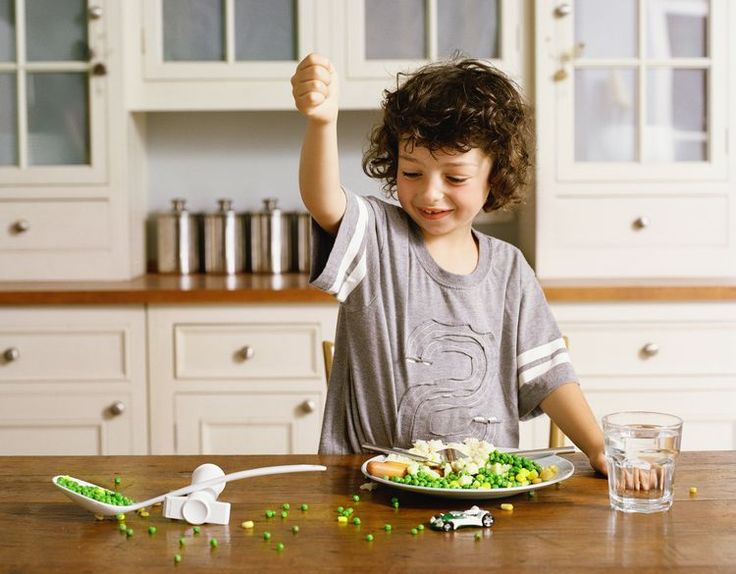 Knowing what to expect from your child at each age will help you decide whether his or her behavior is normal.
Knowing what to expect from your child at each age will help you decide whether his or her behavior is normal.
Remember, no child has perfect behavior. Your child’s doctor, preschool, and school will be helpful in setting expectations for your child and his or her age and development.
What can I do to change my child’s behavior?
Children tend to continue a behavior when it is rewarded and stop when it is ignored. Being consistent is important because rewarding and punishing the same behavior at different times confuses your child. When you think your child’s behavior might be a problem, you have 3 choices:
- Decide that the behavior is not a problem because it’s appropriate to the child’s age and stage of development.
- Attempt to stop the behavior, either by ignoring it or by punishing it.
- Introduce a new behavior that you prefer and reinforce it by rewarding your child.
Path to Well Being
The best way to stop unwanted behavior is to ignore it. This way works best over a period of time. When you want the behavior to stop immediately, you can use the time-out method.
This way works best over a period of time. When you want the behavior to stop immediately, you can use the time-out method.
How do I use the time-out method?
Decide ahead of time which behaviors require a time out (usually these are tantrums, or aggressive or dangerous behavior). Choose a time-out place with no distractions and not frightening, such as a chair, corner, or playpen. When you’re away from home, consider using a car or a nearby seating area as a time-out place.
When the unacceptable behavior occurs, tell the child the behavior is unacceptable and give a warning that you will put him or her in time-out if the behavior doesn’t stop. Remain calm and don’t look angry. If your child continues misbehaving, calmly take him or her to the time-out area.
Keep track of how long your child’s been in time out. Set a timer so your child will know when time out is over. Time out should be brief (generally 1 minute for each year of age) and should begin immediately after the behavior or after the child calms down.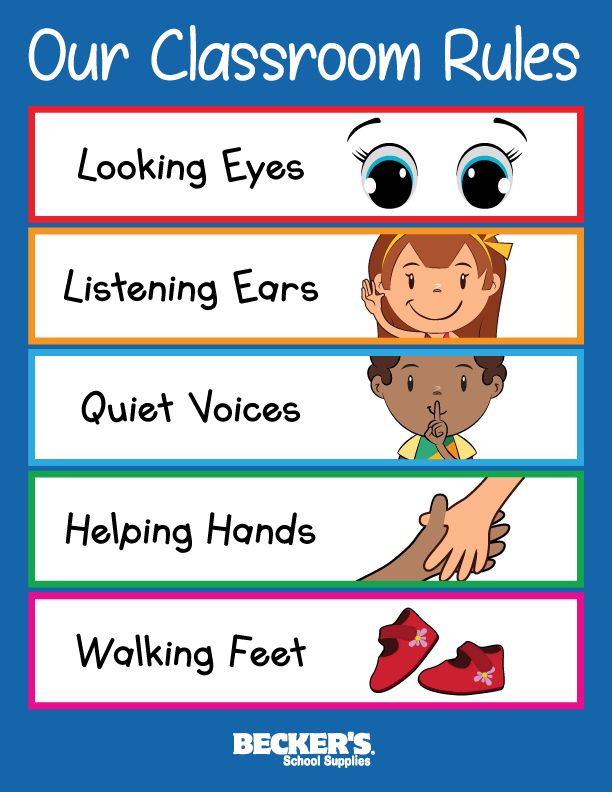 You should stay within sight or earshot of the child, but don’t talk to him or her. If the child leaves the time-out area, gently return him or her to the area and consider resetting the timer. When the time out is over, let the child leave the time-out place. Don’t discuss the bad behavior but look for ways to reward and reinforce good behavior later on.
You should stay within sight or earshot of the child, but don’t talk to him or her. If the child leaves the time-out area, gently return him or her to the area and consider resetting the timer. When the time out is over, let the child leave the time-out place. Don’t discuss the bad behavior but look for ways to reward and reinforce good behavior later on.
How do I encourage a new, desired behavior?
One way to encourage good behavior is to use a reward system. Children eventually learn that bad behavior is unacceptable and good behavior is rewarded. This works best in children older than 2 years of age. It can take up to 2 months to work. Being patient and keeping a diary of behavior can be helpful to parents.
Choose 1 to 2 behaviors you would like to change (for example, bedtime habits, teeth brushing, or toy cleanup). Choose a reward your child would enjoy. Examples of good rewards are an extra bedtime story, delaying bedtime by half an hour, a preferred snack, or for older children, stickers, earning points toward a special toy or a privilege.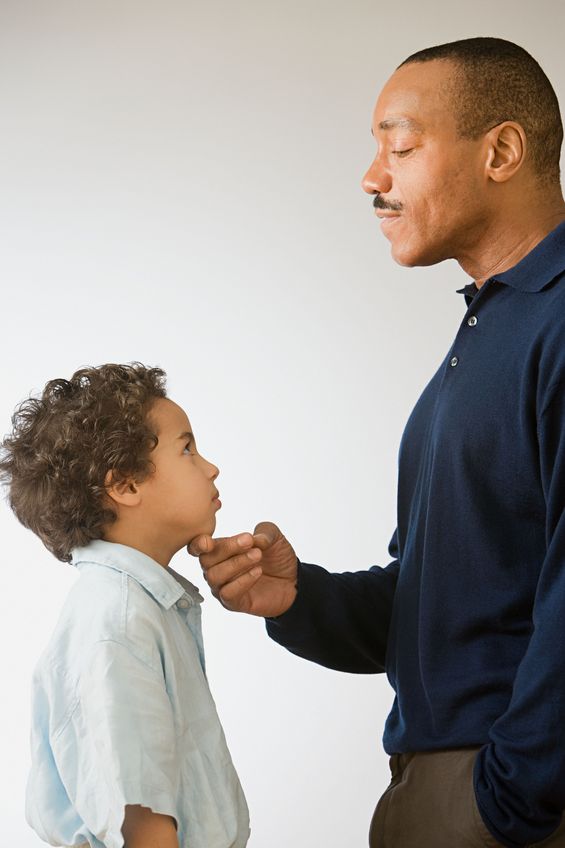
Explain the desired behavior and the reward to the child. For example, tell the child, “If you get into your pajamas and brush your teeth before this TV show is over, you can stay up a half hour later.” Request the behavior only one time. If the child does what you ask, give the reward. You can help the child, if necessary, but don’t get too involved. Because any attention from parents, even negative attention, is so rewarding to children, they may prefer to have a parent’s attention instead of a reward at first. Transition statements, such as, “in 5 minutes, play time will be over,” are helpful when you are teaching your child new behaviors.
This system helps you avoid power struggles with your child. However, don’t punish your child if he or she chooses not to behave as you ask. He or she simply does not get the reward.
What are some good ways to reward my child?
Beat the Clock (good method for a dawdling child)
Ask the child to do a task. Set a timer. If the task is done before the timer rings, your child gets a reward. To decide the amount of time to give the child, figure out your child’s “best time” to do that task and add 5 minutes.
If the task is done before the timer rings, your child gets a reward. To decide the amount of time to give the child, figure out your child’s “best time” to do that task and add 5 minutes.
The Good Behavior Game (good for teaching a new behavior)
Write a short list of good behaviors on a chart and mark the chart with a star each time you see the good behavior. After your child has earned a small number of stars (depending on the child’s age), give him or her a reward.
Good Marks/Bad Marks (best method for difficult, highly active children)
In a short time (about an hour) put a mark on a chart or on your child’s hand each time you see him or her performing a good behavior. For example, if you see your child playing quietly, solving a problem without fighting, picking up toys, or reading a book, mark the chart. After a certain number of marks, give your child a reward. You can also make negative marks each time a bad behavior occurs. If you do this, only give your child a reward if there are more positive marks than negative marks.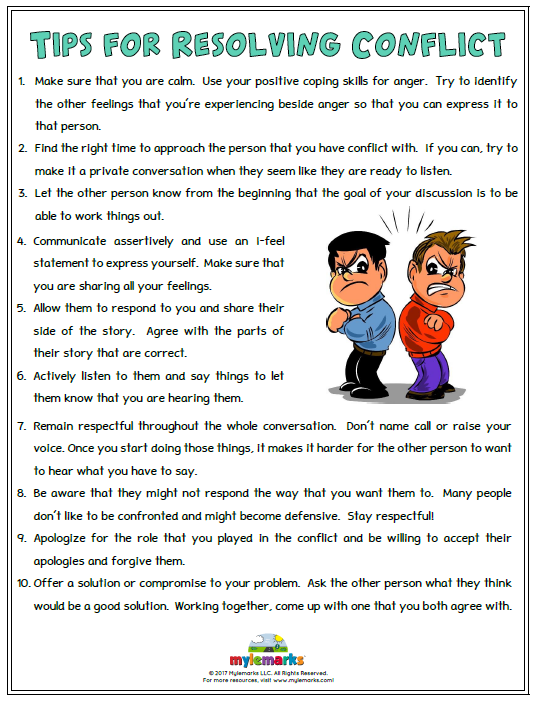
Developing Quiet Time (often useful when you’re making supper)
Ask your child to play quietly alone or with a sibling for a short time (maybe 30 minutes). Check on your child frequently (every 2 to 5 minutes, depending on the child’s age) and give a reward or a token for each few minutes they were quiet or playing well. Gradually increase the times (go from checking your child’s behavior every 2 to 5 minutes to checking every 30 minutes) but continue to give rewards for each time period your child was quiet or played well.
What if my child’s behavior is caused by attention deficit hyperactivity disorder or sensory processing disorder?
If your child has sensory issues (sometimes called sensory processing disorder or SPD) or attention deficit hyperactivity disorder (ADHD), he or she may be unable to sit still. Children with SPD and ADHD also may have very limited self-control. This can make parenting more challenging. Children who have these disorders often do no respond to punishments or rewards.
Most often, parenting a child with ADHD and SPD requires you to deal with their emotions first and behavior second. There are many ways to help teach a child with ADHD or SPD to deal with their emotions. These include breathing exercises, using an emotional levels chart, and using deep pressure as a way to calm them. Only after your child is calm can you begin to explain why his or her behavior was not appropriate or unexpected. Over time, he or she may begin to learn self-regulation of emotions. This may help with behavior.
What else can I do to help my child behave well?
Make a short list of important rules and go over them with your child. Rules should relate to safety, health, and how to treat others. The fewer the rules, the less rule-breaking behavior you may have to deal with. Avoid power struggles, no-win situations, and extremes. When you think you’ve overreacted, it’s better to use common sense to solve the problem, even if you have to be inconsistent with your reward or punishment method.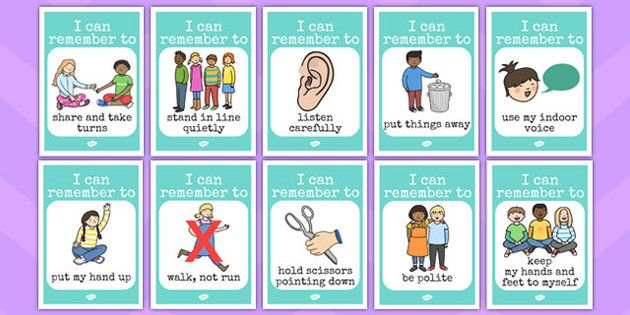 Avoid doing this often as it may confuse your child.
Avoid doing this often as it may confuse your child.
Accept your child’s basic personality, whether it’s shy, social, talkative, or active. Basic personality can be changed a little, but not very much. Try to avoid situations that can make your child cranky, such as becoming overly stimulated, tired, or bored. Don’t criticize your child in front of other people. Describe your child’s behavior as bad, but don’t label your child as bad. Praise your child often when he or she deserves it. Touch him or her affectionately and often. Children want and need attention from their parents.
Develop little routines and rituals, especially at bedtimes and mealtimes. Provide transition remarks (such as “in 5 minutes, we’ll be eating dinner.”). Allow your child choices whenever possible. For example, you can ask, “Do you want to wear your red pajamas or your blue pajamas to bed tonight?” “Do you want me to carry you to bed or do you want to go all by yourself?” “Which book do you want to read?”
As children get older, they may enjoy becoming involved in household rule making. Don’t debate the rules when your child misbehaves. Invite your child to participate in rule-making at another time.
Don’t debate the rules when your child misbehaves. Invite your child to participate in rule-making at another time.
Things to consider
Parents may choose to use physical punishment (such as spanking) to stop undesirable behavior. The biggest drawback to this method is that although the punishment stops the bad behavior for a while, it doesn’t teach your child to change his or her behavior. Disciplining your child is really just teaching him or her to choose good behaviors. If your child doesn’t know a good behavior, he or she is likely to return to the bad behavior. Physical punishment becomes less effective with time and can cause the child to behave aggressively. It can also be carried too far into child abuse. Other methods of punishment are preferred and should be used whenever possible.
Questions to ask your doctor
- Does my child have a behavior disorder?
- Does my child have attention deficit disorder (ADD)?
- Does my child have an autism spectrum disorder?
- Could my child grow out of his or her bad behavior?
- What should I do if I’m afraid my child could physically hurt someone?
- What should I do if I’m afraid my child may hurt himself or herself?
- Would medicine help control my child’s behavior?
Resources
Child Discipline
What’s the Best Way to Discipline My Child?
90,000 problem behavior of a child: 6 useful tips to parents 13. 10.16
10.16
Recommendations of behavioral analyst, expert of the Foundation "Exit", Dr. Stephanie Peterson
9000
Dr. Stephanie Peterson-behavioral analyst (BCBA-D) , professor at the Department of Psychology at Western Michigan University (USA), member of the Department of Applied Behavior Analysis. He specializes in various aspects of the reinforcement process, the role of communication in problem behavior, behavioral technologies in correctional education, distance learning for autism specialists, and inclusive school education practices. nine0015
First of all, I want to emphasize that I'm going to talk about "normal" behavioral problems that parents face. These tips are also useful for children with severe behavioral disorders, but if a child has serious problematic behavior, such as self-injury, he will most likely need other methods of correction, and not just the simple rules that we will talk about now.
These recommendations are more likely to be called "prevention" of behavioral problems.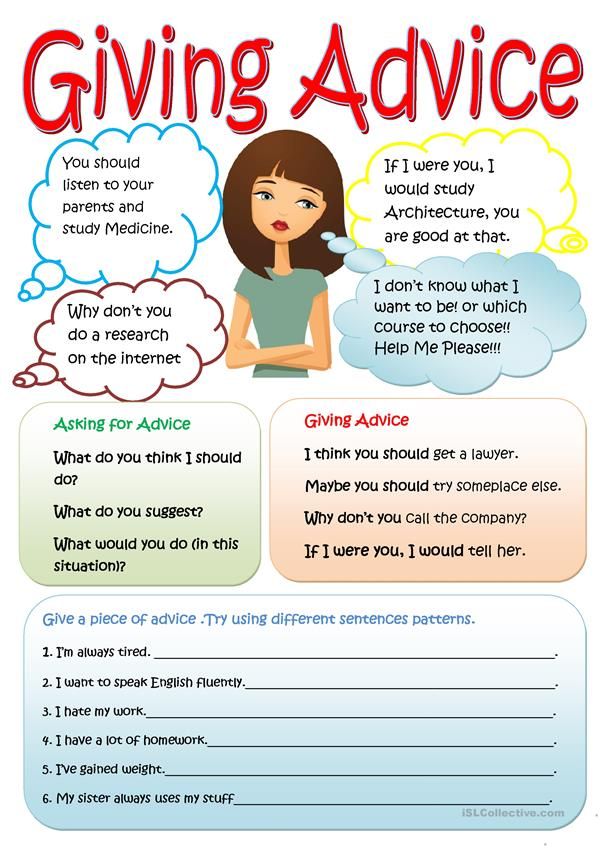 By following these tips, parents can prevent the development of problem behavior in the first place. nine0003
By following these tips, parents can prevent the development of problem behavior in the first place. nine0003
The first thing parents need to understand is that a child's behavior is largely dependent on their own behavior. What parents say and do sets the stage for both desirable and undesirable behavior. When a desired or undesired behavior occurs, the immediate reaction of the parents will determine whether the behavior will occur more or less frequently in the future. And that's great news for parents!
Very often parents say: “My child behaves this way because he has autism”, “My child behaves this way because he has a fatherly character”, “My child behaves this way because he has Down syndrome” and so on. We all have a tendency to attribute behavior to internal causes that we can't do anything about. However, in reality, many, not all, but many types of human behavior are largely controlled by environmental factors. So in most cases, you can change behavior by changing the context in which it occurs. So this news is great! nine0003
So this news is great! nine0003
So, there are several strategies by which parents can change the context of behavior and can create "conditions of success" for the child.
1. Monitor Good Behavior
Parents need to keep a close eye on their child and try to "catch" him doing something good. It's too easy for parents, when a child behaves well, to simply say to themselves: "Great, the child plays well, I can switch to my own affairs." For example, mom goes to another room to do laundry or cook dinner, because everything is quiet and calm. Therefore, it turns out that when the desired behavior occurs, no one pays attention to it. nine0003
So the first thing I recommend to parents is to specifically look for good behaviors in a child, and make sure that when the child behaves well, you somehow notice it, even if you just say: “What a good job you are!” Praise your child for good behavior, pay attention to him. Make sure that when the child behaves well, he gets something for it, that such behavior is beneficial for him.
Otherwise, very often it turns out that when a child behaves well, everyone ignores him, but when he starts to play around and do something wrong, the parents immediately run up to him: “What are you doing? I asked you not to mess around! I have to cook dinner! Why can't you just play with your brother?" And it turns out that in order to get parental attention, to get mom to return to the room, the child needs to behave badly again. And this is a trap that is easy to fall into. nine0003
Therefore, it is important to develop the habit of being aware of how the child is behaving now, "catching" his good behavior, paying attention to it and praising or otherwise encouraging him as often as possible.
2. If the behavior is problematic, think about its causes
If the unwanted behavior does occur, think about what exactly the child gets as a result. There must be something that makes this behavior beneficial for the child. It could be your attention, as in the earlier example. This may be a specific reaction of an adult or another child that he wants to evoke. Maybe the toy was taken away from him and he is arguing because he wants to get the toy back? Or is he screaming because you asked him to do something he doesn't want to do? Try to determine what he is trying to get in this way. nine0003
This may be a specific reaction of an adult or another child that he wants to evoke. Maybe the toy was taken away from him and he is arguing because he wants to get the toy back? Or is he screaming because you asked him to do something he doesn't want to do? Try to determine what he is trying to get in this way. nine0003
If you succeed, then, if possible, try to make sure that this behavior does not lead to the consequences that the child needs. For example, if a child fights to get a toy, make sure he doesn't get the toy. Instead, wait until the behavior stops. When the child has calmed down, tell him more appropriate behavior, for example, he can say: "Give me the car, please." Make sure the child receives the toy only in response to socially acceptable behavior, not in response to screaming. nine0003
I understand that this is not always possible, but try your best. And if you succeed, you will see that the child switches to the desired behavior because it works, and the problematic behavior is no longer useful.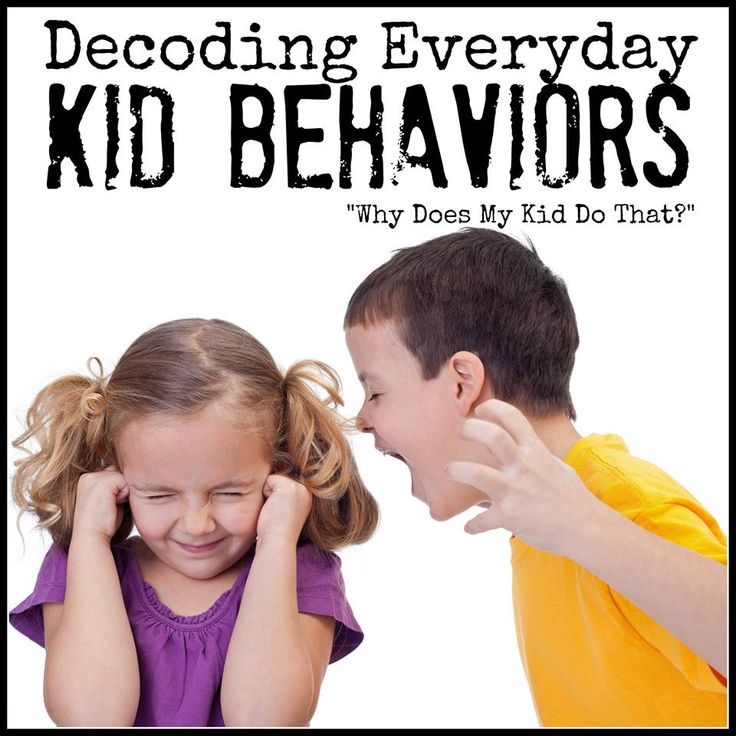
3. Specially plan situations in which the child will be able to practice the desired behavior
Very often, especially if the child has developmental features, parents begin to "foresee" his desires and needs. For example: “Oh, at dinner he will definitely want to drink juice. You need to put the juice on the table. Oh, and his juice is almost over, you need to pour more, otherwise he will cry. Perhaps the child does not have good speech skills, so the mother or grandmother thinks they are helping, because the child himself cannot ask for juice. The problem is that when you anticipate a child's wishes and he doesn't have to ask for anything, you don't give the child the opportunity to practice good behavior. nine0003
I urge you to try as often as possible to create situations in which the child can demonstrate the desired skills. Tell him, teach him. In some situations, you can tell the child to use an existing skill, in others, you need to teach the child a new one. For example, in the juice example, if the child has speech problems, then other ways should be identified by which the child can ask for what he needs. In the US, we often use American Sign Language and a child can learn to make the "drink" sign, for example, it's a very simple gesture. And the next time the child runs out of juice, I can take a pack of juice and prompt the child to make a “drink” gesture. I can show the child what he has to do. If the child still does not make the necessary gesture, I can take his hand and help him, then I will say: “Yes, juice!” and give him juice. And now I have taught the child what to do, I have provided him with a tool to control the outside world. nine0003
For example, in the juice example, if the child has speech problems, then other ways should be identified by which the child can ask for what he needs. In the US, we often use American Sign Language and a child can learn to make the "drink" sign, for example, it's a very simple gesture. And the next time the child runs out of juice, I can take a pack of juice and prompt the child to make a “drink” gesture. I can show the child what he has to do. If the child still does not make the necessary gesture, I can take his hand and help him, then I will say: “Yes, juice!” and give him juice. And now I have taught the child what to do, I have provided him with a tool to control the outside world. nine0003
4. Make your expectations as specific and clear as possible
Another very important strategy is to break each child's task into small, clear steps. There are a couple of mistakes that I see very often with parents, and one of those mistakes is vague and abstract requirements.
For example, if I say to my daughter, "Clean up your room," that phrase might mean one thing to me and something completely different to her.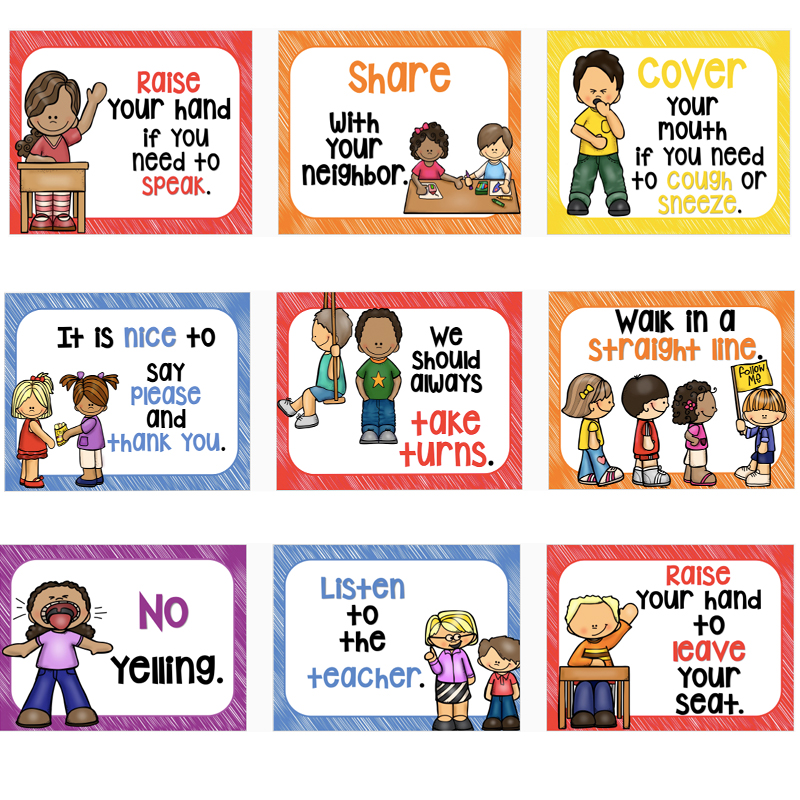 My criteria for a clean room and her criteria are not necessarily the same. Sometimes for her this means: "Gather up all the things that are lying around in the room, stuff them in the closet and close the door." And it may seem to me that the room looks good, but only until the moment when I open the closet and a bunch of things fall out on me. nine0003
My criteria for a clean room and her criteria are not necessarily the same. Sometimes for her this means: "Gather up all the things that are lying around in the room, stuff them in the closet and close the door." And it may seem to me that the room looks good, but only until the moment when I open the closet and a bunch of things fall out on me. nine0003
A more specific instruction, in this case, would be something like this: "Collect all the clothes that are lying around in the room, hang them in the closet on hangers or fold them and put them in the laundry box." In this way, my expectations become much clearer.
Another point that is important to pay attention to is that the task should be divided into simple and specific steps, each of which can be easily dealt with. So I can say, "Pick up these clothes and hang them in the closet." After this is done, I, first of all, will have to praise her (we remember - it is important to emphasize good behavior): “Just wonderful, thank you so much!” Then I can say, "Part of the work is done, now let's pick up these clothes and put them in a drawer" or "Let's put these toys in a container.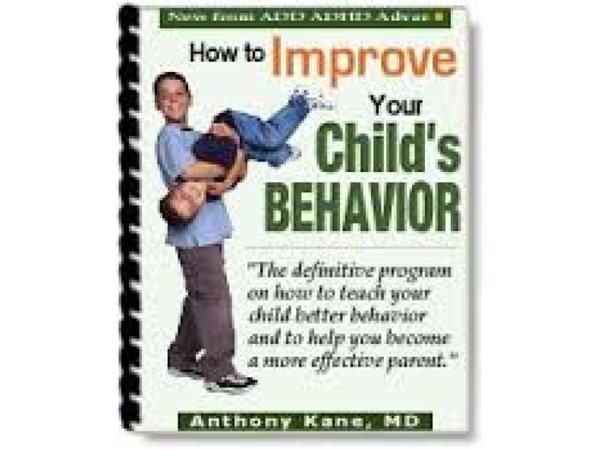 " nine0003
" nine0003
If I am specific, if I divide the task into small parts, then the likelihood that my requirements will be met will increase significantly. And I can praise her after every step, "catch" her for good behavior.
There are a lot of scientific studies that show that the formulation of your requirements is of great importance. So if I say: “Stop running!”, I am unlikely to achieve what I want. But if I say, "Come with me," then the likelihood that I will be listened to will be much higher. We call such requests “what to do,” as opposed to “what not to do.” nine0003
So it's important to make your instructions specific, avoid the "not" part, divide tasks into simple steps, and give regular praise for completing them.
5. Create a schedule for your child where likes and dislikes alternate.
Having a daily routine where the child's desirable activities naturally follow the less desirable activities can greatly improve his behavior. For example, my daughter is cleaning her room, and she knows that after that we will go to the grocery store, which she loves because I let her choose something tasty there.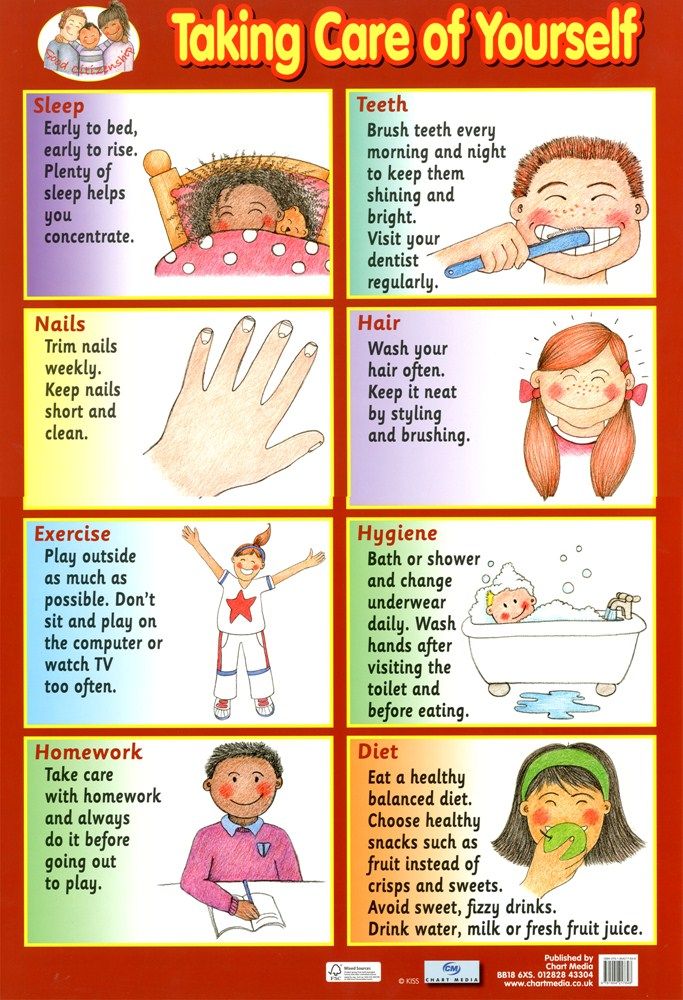 In this case, I can easily use the store as a reward for cleaning the room. nine0003
In this case, I can easily use the store as a reward for cleaning the room. nine0003
I can say, "It's time to tidy up the room, pack your things and hang them in the closet." After she does this, I can say, “Great! Great job! Now put these things in a drawer, and when you're done, we'll go to the store and buy something delicious." Now I have increased her motivation to complete the difficult task I have given her.
So if I carefully analyze the daily routine, then I can change it so that the events preferred by the child come after some difficult tasks. Thus, her motivation to complete the tasks will become higher, and the likelihood of success will also increase. nine0003
This strategy is called Premack's principle, but very often we call it "grandma's rule" because grandma might say, "Eat the vegetables first, then the dessert." The same is true here.
And after the store, I can say: "We have to go home, we still have to do this and that." And this, too, can be a task that she does not like.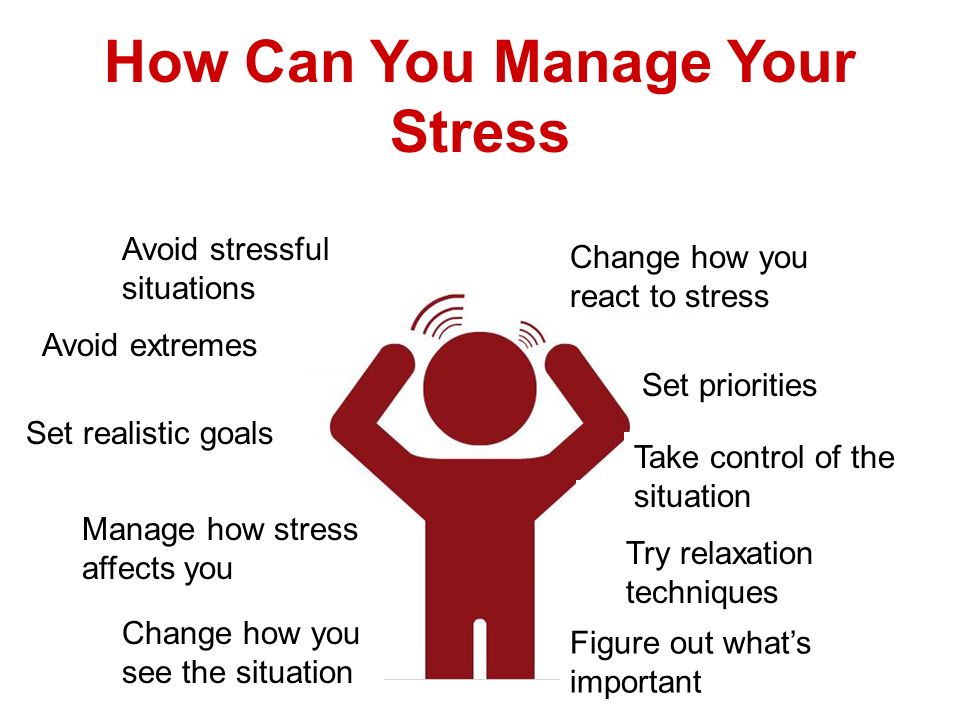 So I'll add, "And when you're done with that, we'll play." So that I can analyze what I want to entrust to my daughter, and not make her do all this in the morning, it is better to stretch things out over time, including something pleasant between them. nine0003
So I'll add, "And when you're done with that, we'll play." So that I can analyze what I want to entrust to my daughter, and not make her do all this in the morning, it is better to stretch things out over time, including something pleasant between them. nine0003
6. Never forget that you are an adult here. will stick." The idea is that kids will misbehave, they will. They will swear, they will try to piss you off. Their actions will cause you fear, anxiety and anger, they will upset you. I often have to remind myself, "Hey, I'm the grown-up here." If my child calls me names, I should not be the second little girl and get upset about it. nine0003
My daughter is still a child, she is learning, she will inevitably make mistakes, but I am already an adult and I should not take her mistakes personally. I take a deep breath and tell myself, “I’m the adult here, I won’t take this as a personal attack. I am calm, I am completely calm. I can handle it."
Because if you overreact to the child's behavior, you can only exacerbate the problem. So sometimes it's very important to take a step back, take a deep breath and remind yourself that you are not perfect and you will make mistakes too, and even if you need a break, it's okay, you can deal with it when you calm down, you don't need to feel guilty. nine0003
So sometimes it's very important to take a step back, take a deep breath and remind yourself that you are not perfect and you will make mistakes too, and even if you need a break, it's okay, you can deal with it when you calm down, you don't need to feel guilty. nine0003
Finally, it's important to remember that every instance of problem behavior doesn't just upset us, it teaches us something useful. When a child misbehaves, you can say, “Aha! This moment can teach me something."
The child does not try to upset and "drive" you. The child is trying to tell you about some problem that needs to be solved. The child is trying to show that she does not know how it is done, or what I want from her. Or the child shows that she does not want to do this. So it's my job as a parent to either teach her how to do it or make sure she gets something out of it so she'll be motivated to do the task next time. nine0003
So yeah, sometimes you have to step back and think, “OK, what does this behavior say? What skill should I teach my child? This does not mean that I have a bad child, this does not mean that I am a bad mother, this is just a moment that communicates a problem that needs to be solved.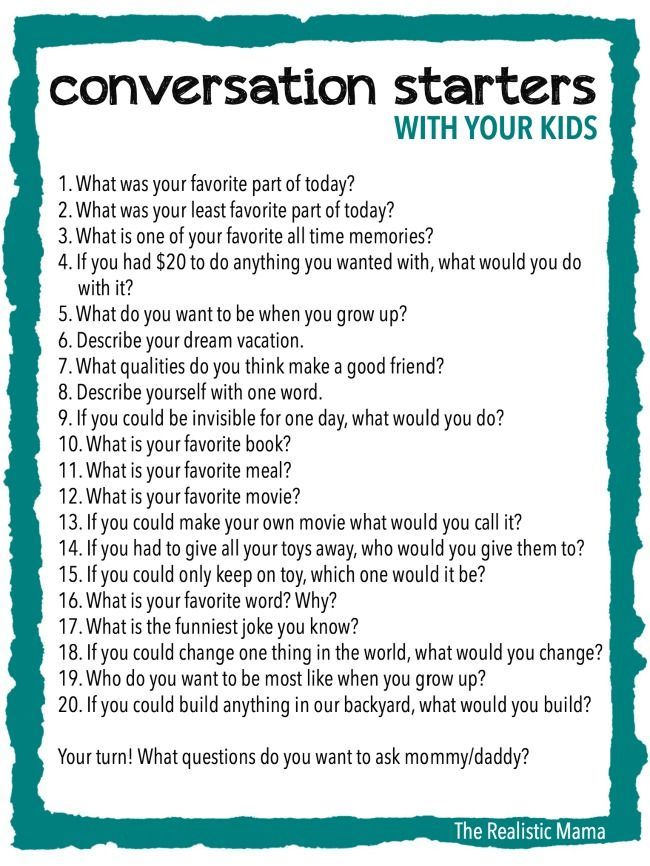 And we can both use this moment to learn something new.
And we can both use this moment to learn something new.
And it is very important to separate what we, as parents, can control and what is beyond our control. I cannot change the fact that my child has a disability, I cannot change the fact that my child has autism, I cannot change the fact that my child has a paternal character. All these reasons that people try to explain behavior, we cannot change. But we can influence those variables that are in the world around us, and which affect behavior much more than we think. nine0003
We hope that the information on our website will be useful or interesting for you. You can support people with autism in Russia and contribute to the work of the Foundation by clicking on the "Help" button.
ABA Therapy and Behavior, Parenting Children with Autism
How to stop a child's bad behavior without resorting to punishment? Understanding Working and Ineffective Tactics
Parents who have decided to move away from the traditional system of rewards and punishments, often worry about the question of how to properly stop the "bad" behavior of the child.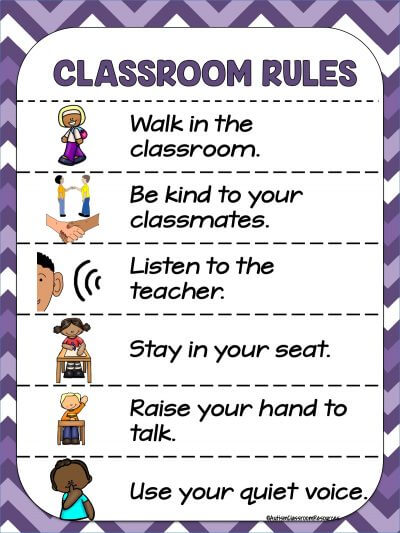 In other words, what to do if your obnoxious toddler has painted new wallpapers with felt-tip pens, and now he can’t be given a belt or put in a corner? It turns out there are other ways. nine0003
In other words, what to do if your obnoxious toddler has painted new wallpapers with felt-tip pens, and now he can’t be given a belt or put in a corner? It turns out there are other ways. nine0003
Child psychologist Laura Markham reminds weary parents that there are no "spoiled bastards" but only bad kids. This does not mean that you should never feel dissatisfied with your child, especially if he does something that he should not do (and he seems to fucking know about it!). Demonstrative bad behavior is especially infuriating when a child purposefully breaks the rules.
Let's face it, many parents wonder from time to time: is it time to yell at a child or use force to teach him to "behave"? nine0102
However, the truth here is that more than anything, children want a strong and secure relationship with us, their parents. And if they suddenly start acting like "brats" - it's not to make you angry (although sometimes it's very hard to believe), but because they want a stronger connection with you (and don't understand how to achieve it) , or are trying to cope with strong emotions and experiences (and cannot), or need your support.
Finally our support (combined with personal example) is the best way to teach a child to behave in a certain way , because this is what helps them learn and motivates them to follow us.
So how do you turn "bad" behavior into willingness to cooperate and follow you? Markham suggests analyzing existing strategies using a specific example: after a walk, a child, instead of taking off his shoes, immediately runs into the room and jumps on the couch in shoes. Requests not to do so have no effect, timeouts only work temporarily, and the next day everything repeats. Let's look at each of the possible parenting tactics separately. nine0003
Yes, this is an effective strategy. If you give up and just let your child jump around in his shoes on the bed, he will do it. However, if you set realistic and age-appropriate (this is important!) expectations, and remind them persistently, positively and empathically, then the strategy will work.
In the event that a child knows what is expected of him, but still continues to behave "wrongly", then this means that he either needs help to sort out his complex feelings, or establish a stronger connection with him in order to he wanted to work with you.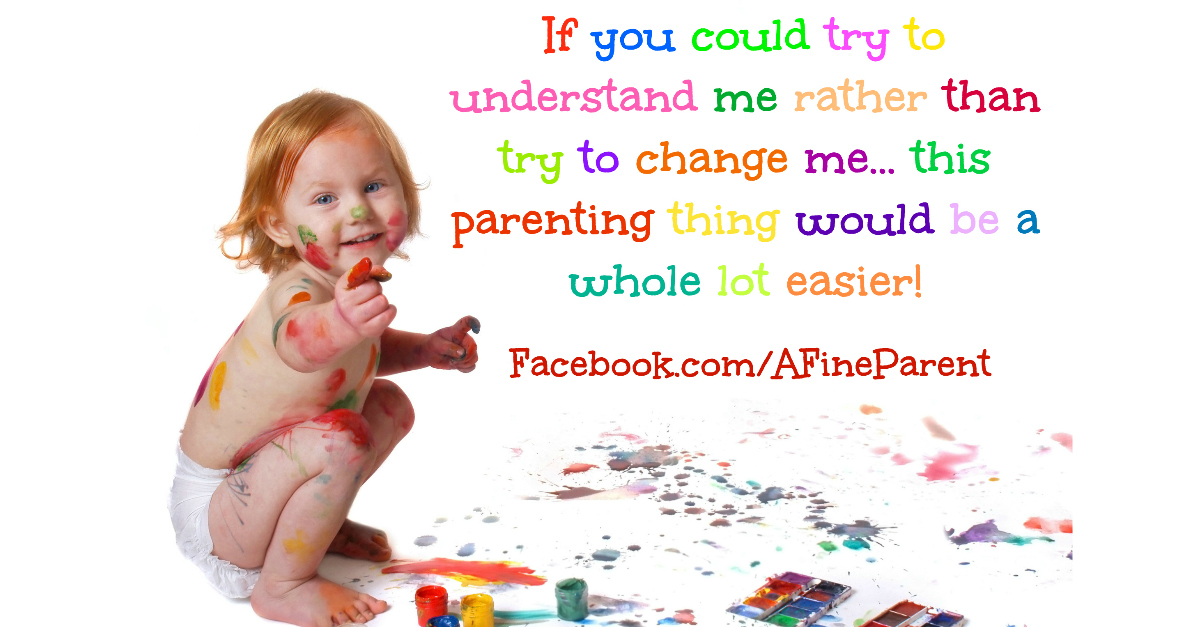 nine0003
nine0003
This tactic applies to temporary events. For example, if a child misbehaves because he is hungry, then you just need to satisfy his need, and he will return to normal. You can note his behavior, but at the same time do not condemn: “You are very hungry, I see that you are already impatient .... Let's calm down and eat!" But don't turn it into a scandal.
If your child systematically breaks the rules by jumping on the couch, then indifference is not enough. By his behavior, he asks you to intervene and help him. nine0003
Another tactic known as "parental tantrum". This is never an effective method to get the child to meet your expectations - at most you can scare the child to the point that he immediately obeys you.
From the example of adult relationships, we know that if someone "throws a tantrum", it distorts the relationship between people. When we do this in relationships with children, the same thing happens. Unfortunately, in this way we only make the child behave even worse.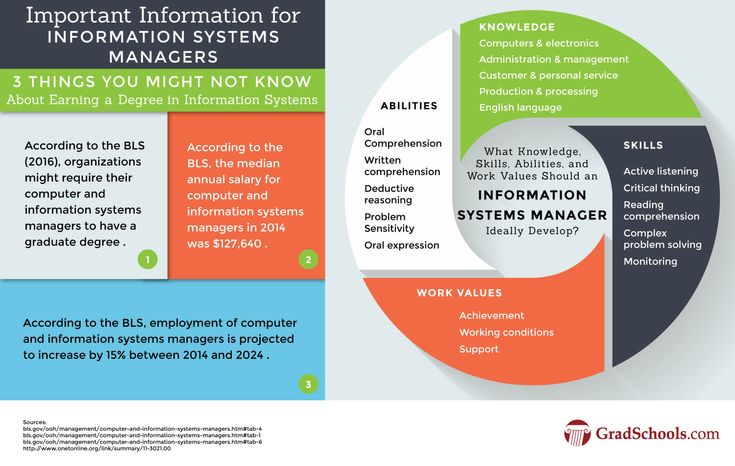 nine0003
nine0003
Screaming is a sign that you have turned onto the "crooked path" of parenthood and have begun to perceive your child as an enemy . Our children are never our enemies, no matter how disgusting they may behave. They are very young people with very immature brains who are signaling that they need our help.
Sometimes this method helps to stop "bad" behavior in one fell swoop. However, this works because it is essentially a symbolic rejection of the child. Your child needs you in order to survive. A timeout for him is the threat that your love can disappear at any moment, like you yourself, leaving him defenseless. nine0003
This way you show the child that you are not ready to help him with all the unpleasant feelings that overwhelm him and make him behave in a certain way. Since it's rare for kids to volunteer to take a time out, trying to send them there provokes a power struggle that can poison your entire relationship. In the future, this stops working altogether, and you are left with a rebellious child who finds it easier to protest than to voluntarily cooperate.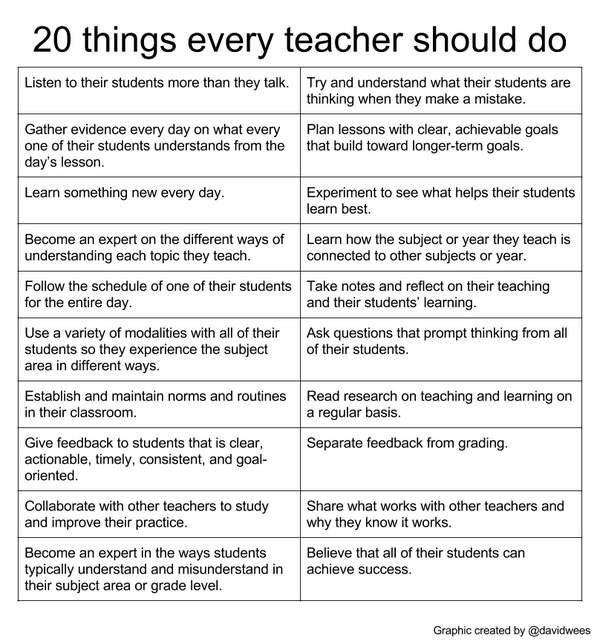
Maybe he should be warned in advance about what will happen. Maybe you need to play a fun game of power and obedience with your child to reduce tension and the feeling of being bossed around. Maybe he needs to be entrusted with a task that he will do at home, so that he feels that he also has power over something. Maybe he needs to connect with you so that he wants to follow your instructions. Maybe you just need to put an old sheet on the sofa to keep it clean. nine0003
But if you have already repeated endlessly that you need to take off your shoes immediately after you enter the house, and this does not work, then you can move on to the next tactics.
Children do not share our priorities. And why should they do it? They have their own priorities (couch jumping is fun!) and not our understanding of the world (sofas cost money). So our daily and 24/7 job is to guide them: "Shoes stain the sofa - so no shoes on the sofa." The more persistent and consistent you are, the faster the child will accept your limitation, get upset about it, and move on.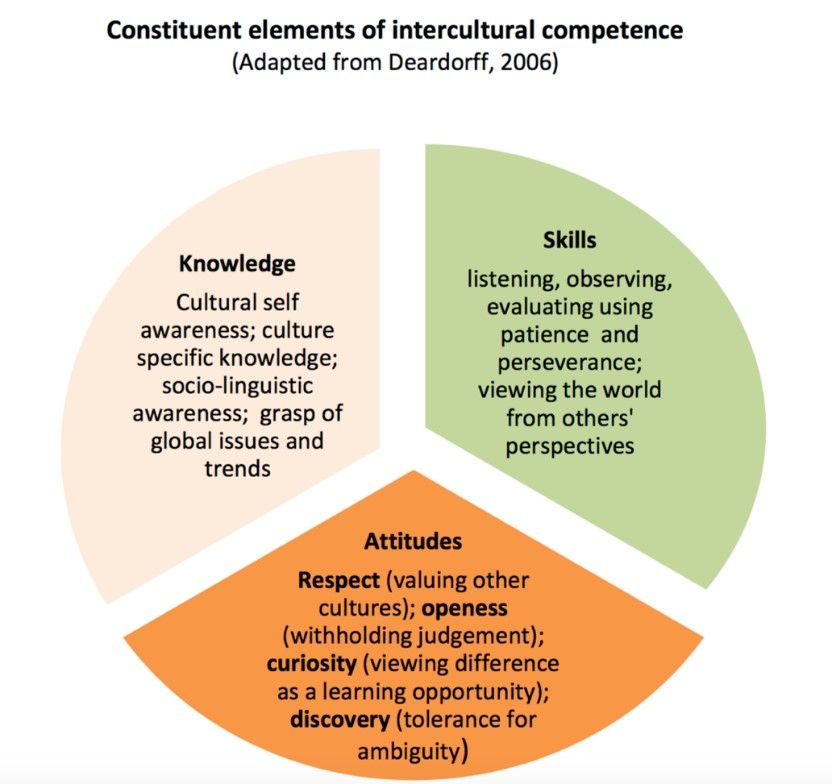 The more empathy you show in the process, the easier it will be for your child to accept your boundaries without rebelling against them. nine0003
The more empathy you show in the process, the easier it will be for your child to accept your boundaries without rebelling against them. nine0003
Redirection is the best way to stop unwanted behavior because it helps to redirect the child's energy into safer channels. “I see how much fun you have! But you know, the sofa is not for jumping. Come on, get off the couch. Let's go and jump on an old mattress!"
Naturally, all children will test boundaries for strength. This means that you have to be close to the child when you enter the house, make sure that he takes off his shoes before he goes to the sofa - every time. Sooner or later it will turn into a habit and you will stop thinking about it. nine0003
But what if he breaks into the house, rushes past you and rushes straight to the sofa before you help him take off his shoes? Thus, he gives a signal that something is preventing her from cooperating with you. What? Emotions. Children accumulate their feelings, waiting for a safe opportunity to release them in the presence of a reliable and supportive witness. It is you. And if you unravel the knot of these complex emotions, you can stop "bad" behavior before it starts.
It is you. And if you unravel the knot of these complex emotions, you can stop "bad" behavior before it starts.
Of course, you can make him suppress these feelings by yelling at or punishing him. And he will obey - until he grows up and can not resist you. Teenage years will be very difficult. And you can never be as close as you could be with the person you brought into this world. nine0003
Alternatively, you can help deal with these feelings. This will help your child get into what is important to you. This will help him develop emotional intelligence. This will help her better meet your expectations as she gets older. And it will help you get closer to each other. How? Play when you can. Cry when you need to.
Take a deep breath and repeat after me: “Nothing terrible is happening. We can play with it."
Speak in a friendly and playful tone to make the child laugh: “Excuse me… Are you on the couch with boots on? Well, we'll see about that! I am the defender of the sofa, and I will catch you now! Grab it with a laugh and throw it over your shoulder.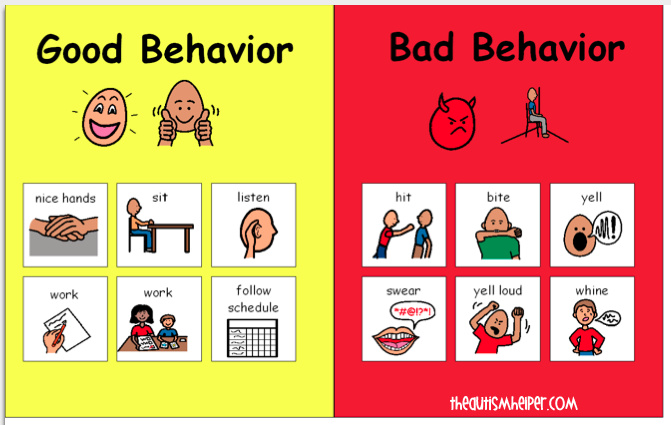 If you run around the house with him, take off his shoes and throw them where they belong. Sing a playful song about how much you love him and never let him go. Drop it on the sofa and pick it up again. Finally fall together on the couch for a good hug. nine0003
If you run around the house with him, take off his shoes and throw them where they belong. Sing a playful song about how much you love him and never let him go. Drop it on the sofa and pick it up again. Finally fall together on the couch for a good hug. nine0003
Next time, before you go home, say that you can play this game again, but you must first take off your shoes as soon as you step over the threshold.
Think of a game that will help turn defiance into reunion and joy. Use it every time you need to stop "bad" behavior. Laughter helps to get rid of difficult feelings no less effectively than tears. It also promotes the production of oxytocin, the “togetherness” hormone, so when you and your child laugh together, you strengthen the bond between you. nine0003
What if the child does not laugh? Doesn't let you take off your shoes? What if he gets angry and protests? He doesn't want to play. His provocative behavior tells you that he just needs to have a good cry and release those emotions that have accumulated inside. Of course, it would be much better if he said: "Mom, I have a feeling that everyone is constantly telling me what to do ... And I'm so tired of it!".
Of course, it would be much better if he said: "Mom, I have a feeling that everyone is constantly telling me what to do ... And I'm so tired of it!".
But he can't tell you how he feels, instead he resists to show you how he feels. nine0102
Call on all your faculties for compassion. Look the child in the eyes. Draw the line clearly and softly: “Sunny, you know that shoes stain the sofa. I don't allow you to stand on the sofa with your shoes on."
If you manage to do this with sympathy, he will burst into tears. If you take disobedience personally and get angry, then you will not get tears, but you will get a fight. Hug the baby while he is crying, if he will let you. Don't talk too much, just let him know he's safe. If it explodes, don't forget that tears are immediately behind anger. He just needs to feel a little safer to let them out. nine0003
With calm condolences, you create a safe space. And also through your daily interaction, through the connection between you and empathy, during games and physical contact.